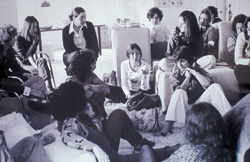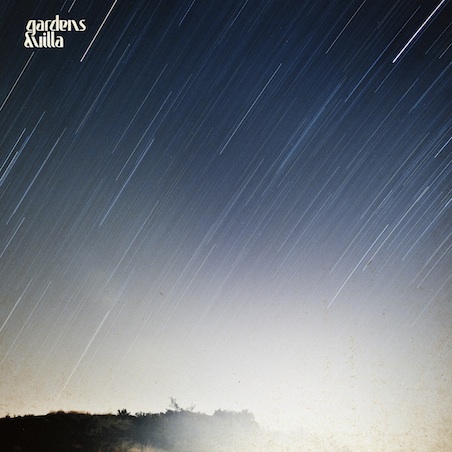Without a single sale in 17 years, Lynn Hershman-Leeson offered to donate some of her work to a local museum. “When they knew it was made by a woman they rejected it – said it wasn’t art and that I didn’t know my place. They told me if I didn’t take them back they would destroy them,” Hershman-Leeson recalls in her recent documentary “!Women Art Revolution.” 35 years later, those pieces were appraised for 9,000 times the original price and it was that sale that enabled the completion of the film.
Hershman-Leeson, a critically acclaimed visual artist whose previous films include “Teknolust,” “Conceiving Ada,” and “Strange Culture” (all starring Tilda Swinton), started shooting the documentary “!Women Art Revolution” 40 years ago, shortly after finishing graduate school, because she “didn’t trust her memory.” The result is an impressive and extremely valuable collection of footage spanning the history of feminist art. The film, which has been shown in 49 different cities around the world and was part of the Toronto, Sundance and Berlin film festivals, takes us back to the 1960s, when a group of New York-based female artists formed a coalition and named it W.A.R, Women Artists in Revolution. Still fighting in the Vietnam War, the US witnessed the emergence of the Black Panther Party, the Civil Rights Movement and the Free Speech Movement. Meanwhile a new revolution was brewing.
Judy Chicago, Nancy Spero, Hannah Wilke, Howardena Pindell, Miriam Schapiro, Judith Baca, Martha Rosler, Sheila Levrant de Bretteville, Rachel Rosenthal, Sylvia Sleigh, Leslie Labowitz, Miranda July and the Guerrilla Girls are only some of the important artists who speak in this documentary. Barbara Kruger and Cindy Sherman, on the other hand, are barely mentioned.

Some of the many recognizable feminist artists featured in the film appear in two or more interviews, done as much as 20 years apart. We see them, discussing, marching, performing and aging, which gives the film considerable historic value. The documentary, though, as the film critic Lauren Wissot rightly described it for Slant Magazine, is “as cinematic as a slideshow in an art history class,” which contrasts with Hershman-Leeson’s complex and innovative previous films and video work. When F Newsmagazine asked her about the film’s simple composition, she explained, “I didn’t know I was making a film. Back then I was just documenting and shooting what was going on around me.” Her answer seems insufficient, as it is the overall editing and post-production, not the valuable footage, gathered in understandably complicated or improvised conditions, that is disappointing. When later asked if she was satisfied with the result, she answered, “Well, I’m just glad it’s complete.”
The first half of the film feels particularly dull despite the vibrancy of the events it reports. The arrival of the Guerrilla Girls in the second half brings a craved freshness to the viewer’s experience. Representing a younger generation of feminists, they share part of the humor and irony of their work (and hairy outfits) to liven up the documentary. They come across as more honest and grounded when, for example, one of them admits, “The bra burning didn’t actually affect social change.” The academic voices in the film complement and, at moments, confront the vision and decisions of the artists during those years. Art historian Amelia Jones agrees with the Guerrilla Girls when she says, “I don’t think feminism successfully changed the structures through which art is made, sold, displayed and written about.”








This looks like such an interesting project and it will be incredibly valuable for the study of feminist art. Unfortunately, I am unable to see the film as it hasn’t been released in the UK so thank you so much for posting the link to the other interviews!
As you rightly point out in this article, there is still so far to go to achieve genuine equality in the art world. Things have improved, but not as much as we sometimes think they have…
Another great article!!! Keep up the good work F!